When British forces left Limerick in March 1922, anti-treaty forces stepped in. John O'Callaghan tells the story of a stand-off that highlighted divisions that would soon lead to all-out civil war.
On 1 April 1922 the new pro-Treaty National Army complained to British Army General Headquarters that, after 700 years, the last British soldiers had left Limerick city too soon. This was not a Fools’ Day joke.
The War of Independence culminated in the Anglo-Irish Treaty agreed in late 1921. The Treaty did not create a republic, but supporters emphasised the practical over the ideal, accepting dominion status within the Empire as a stepping stone to full freedom. Opponents believed the Treaty betrayed the spirit and sacrifice of the 1916 Rising and the War of Independence. The IRA split into pro- and anti-Treaty sides. The pro-Treaty IRA became the National Army.
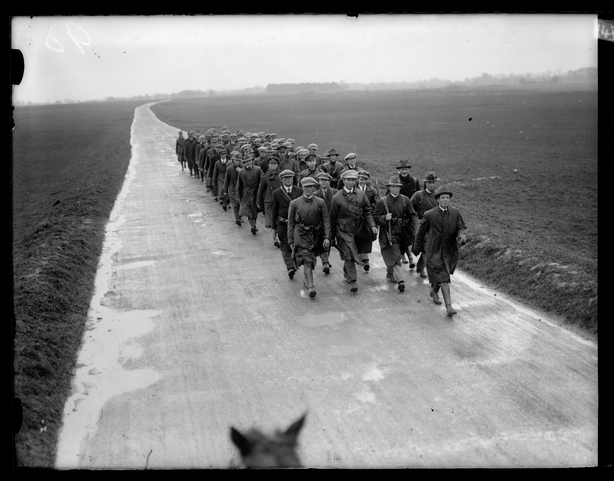
In Limerick city in early 1922, the anti-Treaty IRA was the stronger. Pro-Treatyites, anxious for time to reinforce, requested that the British delay withdrawal so that they could be sure of controlling vacated barracks. The British, worried about pro-Treaty manpower deficits and the possibility of chaos, staggered their departure. Their eventual exit resulted in a stand-off between pro- and anti-Treaty forces in the city, competing to occupy relinquished garrisons.
This face-off escalated into a crisis that very nearly caused civil war to break out in Limerick in March 1922. The immediate danger receded when a temporary arrangement was patched together between the pro- and anti-Treatyites in Limerick, preventing fighting in the short-term. The National Army implied that the crisis would have been averted if the British had simply stayed a bit longer.
Strategic importance
On 9 February 1922, the British Army laid out its initial schedule for evacuating Limerick, which was to take place over the following two weeks. Things did not go according to plan, however. On 18 February Liam Forde, commander of the Mid Limerick Brigade of the IRA, denounced the Treaty, repudiated the authority of pro-Treaty IRA General Headquarters, and declared Mid Limerick’s loyalty to the republic.
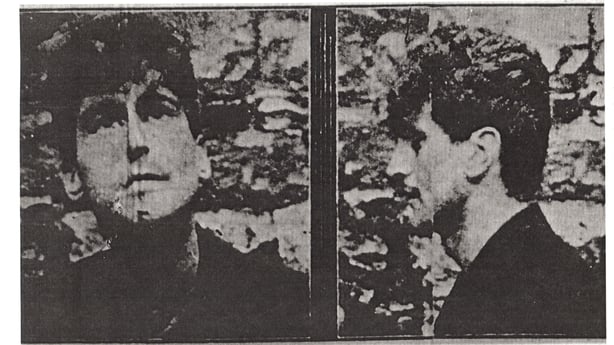
General Headquarters responded by taking the unprecedented step of ordering one IRA division to enter another's territory. General Michael Brennan’s pro-Treaty 1st Western Division from East Clare and South Galway marched into Limerick city, part of leading anti-Treatyite General Ernie O’Malley’s 2nd Southern Division.
Before this, the Provisional Government had not been overly concerned when anti-Treaty IRA units replaced British forces in local barracks, but Limerick’s strategic significance demanded intervention. The city, bordered on the north by the River Shannon, served as a gateway (or a barrier) between different parts of the country. Control of Limerick was vital to ensuring that military bases elsewhere, such as National Army posts in Clare and Athlone, did not become isolated from each other.
Escalating tension
The Royal Irish Constabulary evacuated its city barracks in one fell swoop on 23 February, by which date the Army was also supposed to have gone. Ernie O’Malley and anti-Treaty IRA reinforcements soon arrived in Limerick. The majority of the Mid Limerick Brigade were anti-Treaty but the situation was complicated by the hundreds of outside fighters now stationed at close quarters in the city.
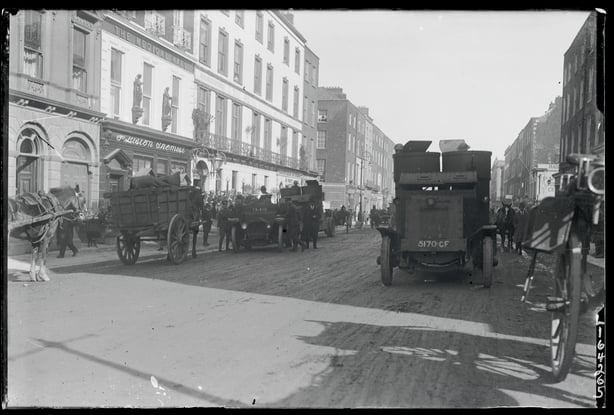
On 3 March Captain Bill Stapleton of the National Army (a former member of Michael Collins’s counter-intelligence assassination 'Squad’) was shot and wounded by anti-Treatyites in Limerick. Stapleton had brought the first armoured car that the National Army received from the British government to John Street police barracks. His crew of four in the Rolls Royce included two National Army troops and two former Black and Tans seconded by the British as trainers.
O’Malley was more than willing to go to war at this point, reasoning that confrontation was inevitable. Brennan was much more reticent, claiming that eighty percent of his men were untrained and facing experienced opponents. He also doubted the reliability of the veterans of the War of Independence under his command, questioning whether they would break old bonds with former comrades.
The British continued to press the National Army to bolster its staff in Limerick so that it would be able to assume control of strongpoints. A series of deadlines came and went before the last British troops departed on 21 March. A section of them were cheered off by a small group, consisting mostly of young women, some of whom waved Union Jacks. When anti-Treatyites seized key Limerick military bases, pro-Treatyites grumbled that the British had been too hasty in leaving.
Shadow-boxing
Arthur Griffith, President of the Dáil, was intolerant of any opposition to the Treaty. He favoured aggression in Limerick. Mayor Stephen O’Mara, afraid that the city would become a battleground, wondered if it would be better to burn the barracks.
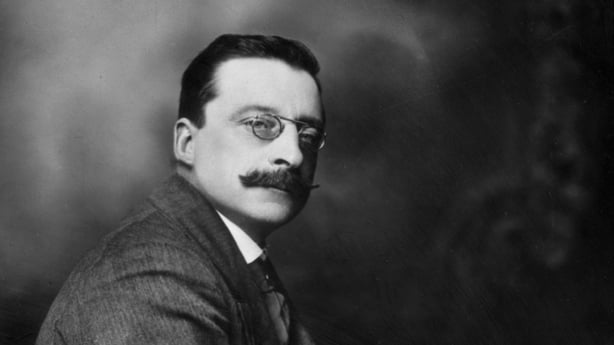
General Richard Mulcahy, Minister for Defence, dismissed the idea of action because he knew the National Army was not ready. O’Mara facilitated dialogue between the two camps and a middle-ground was found: outsiders returned to whence they came and the city was left in local (mostly anti-Treaty) hands. Ernie O’Malley reckoned that his side had won an important battle without firing a shot, and he was correct. No one, apart perhaps from O’Malley, really wanted to fight at this stage.
The National Army was content to shadow box until satisfied with its own condition. The British were relieved at the tentative deal but sensed how precarious it was. Winston Churchill wrote to Michael Collins during the stand-off: ‘You seem to have liquidated the Limerick situation in one way or another. No doubt you know your own business best, and thank God you have got to manage it and not me.’
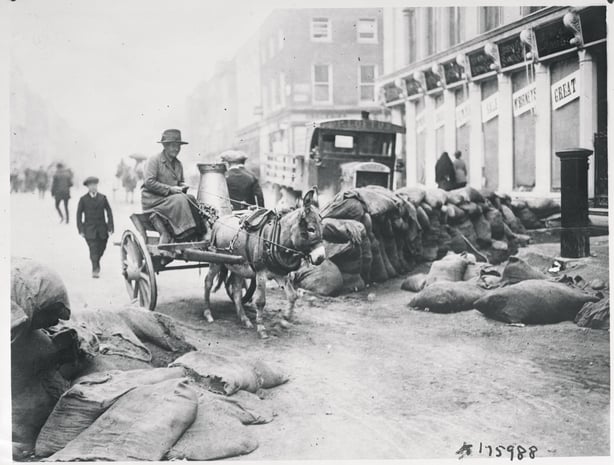
Landlords and people of no property
The public, meanwhile, had priorities other than the Treaty, and simultaneous to the stand-off over the occupation of military positions, there was a stand-off over civilian occupation of former military homes in Limerick. On 13 March slum residents, led by the Limerick City Workers’ Housing Association, commandeered houses at Garryowen Villas which had previously been occupied by the families of the Royal Engineers Corps. Forty adults and eighty-seven children moved into twenty-seven houses.
This bold step prompted a legal duel between people of no property and the city’s landlords. Limerick Corporation’s social housing plans had been undermined by the financial weakness of republican local government, but the conflicting interests of property-owing councillors were also important. The Housing Association called for emergency measures to address housing shortages in the city.
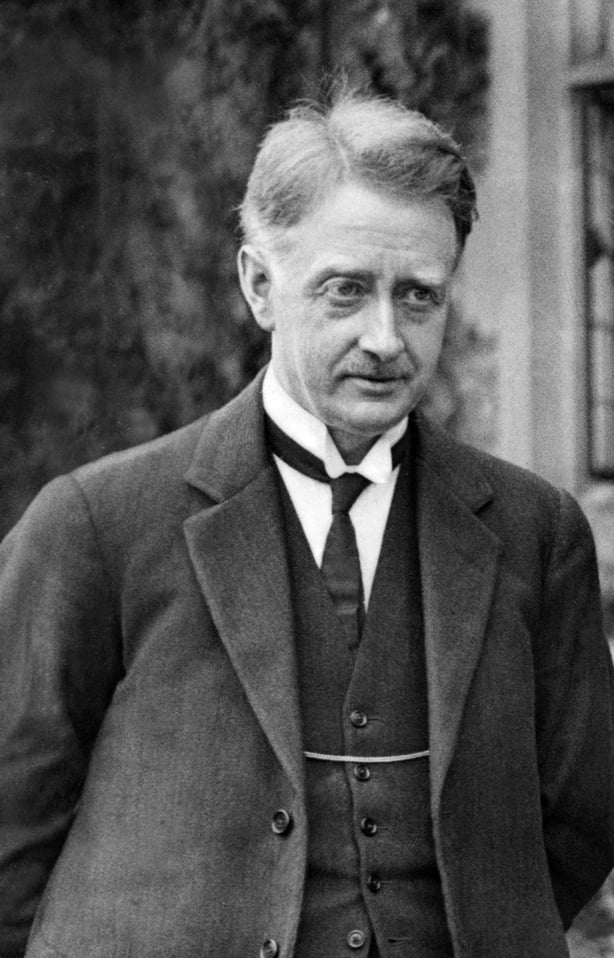
The Minister for Local Government, William T. Cosgrave, more worried perhaps about radicalism and rates than workers’ rights, was perturbed enough to demand a report from the mayor. The Corporation increased rates in a grudging effort to raise funds for housing.
Dr Michael McGrath, Superintendent Medical Officer of Health, pointed out that the number of houses in the city that were unfit for human habitation had almost doubled since 1919 to around 3,000. Nonetheless, the Garryowen Villas were soon back in the possession of landlords, supported by the courts.
The type of peace brokered in Limerick in March was not sustainable locally or nationally and the Civil War started in Dublin at the end of June. Mayor O’Mara expressed the feelings of the majority when he wrote that ‘the people of Limerick want food, wages and work – not war’, but the battle for Limerick city eventually occurred in July. The National Army victory in that battle was a significant milestone in the pro-Treaty side winning the war.
This article is part of the Civil War project coordinated by UCC and based on The Atlas of the Irish Revolution edited by John Crowley, Donal Ó Drisceoil and Mike Murphy and John Borgonovo. Its contents do not represent or reflect the views of RTÉ.















































